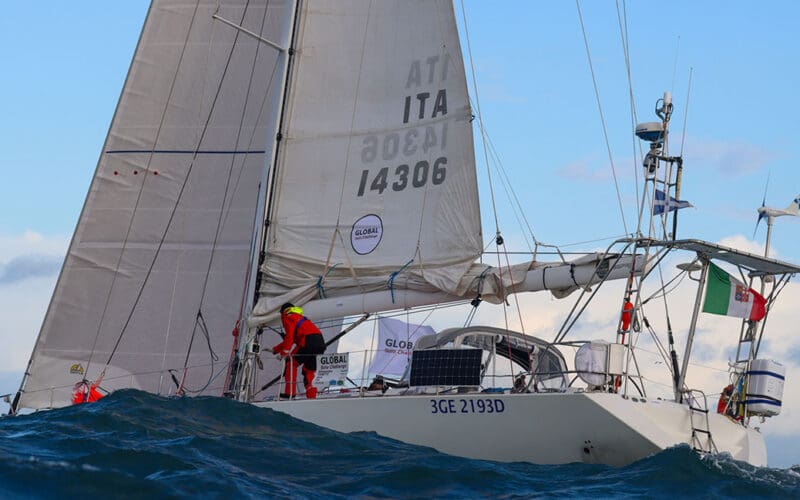You can’t race a sailboat around the world in a single-handed event like the Global Solo Challenge without self-steering. Before windvanes, most boat designs could balance rudder and sails so with the helm lashed the boat would keep her course. The 1968-1969 Golden Globe Race, the first ever non-stop, single-handed, round-the-world yacht race, came after effective windvane self-steering was developed for yachts. In a retro race like today’s Golden Globe that requires windvane steering, sailors can keep a desired course well enough to still be competitive, but otherwise modern solo racers depend on electric autopilots. Today’s versions are far more sophisticated than the…
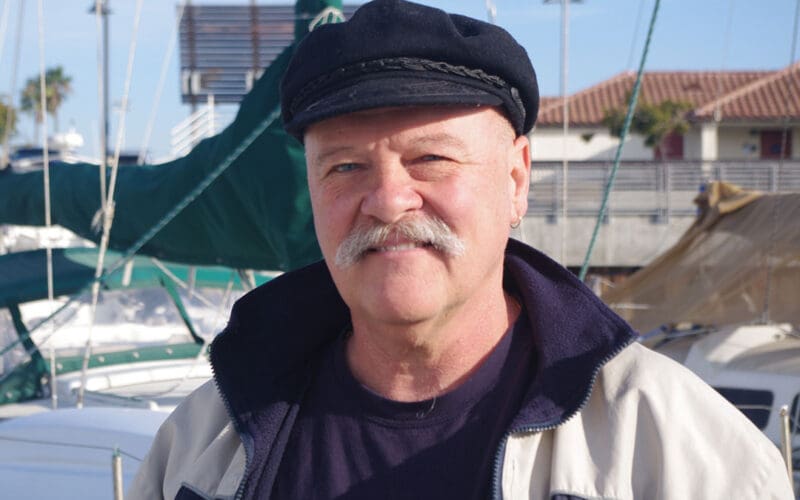
Even after a thrilling trick at the wheel, wending through the waves and keeping the sails drawing, it’s still a cheerful sight to see one of your crewmates climb into the cockpit, shake away the last bit of off-watch slumber and prepare to take your place. You tell them the course to steer, give a quick briefing on the changes in the wind, how the sails are set, what vessels or land may be nearby and then it’s time to turn over the helm. He or she takes responsibility for the vessel and your watch has ended. Something like that…
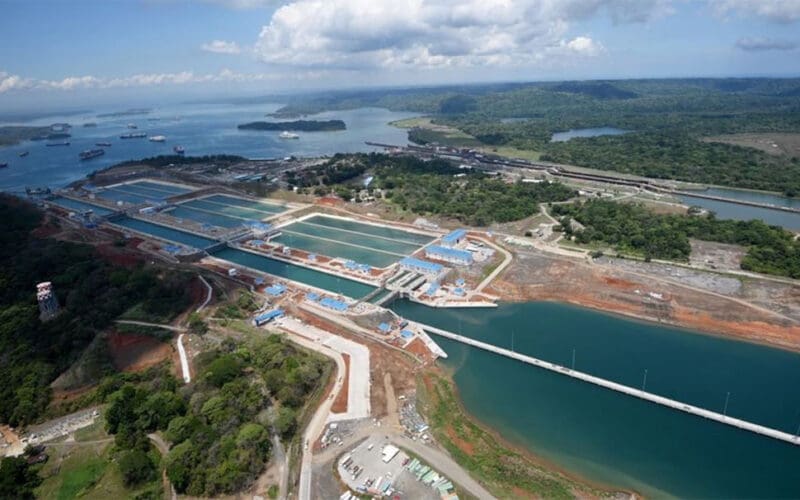
In response to last year’s severe drought, the Panama Canal Authority (ACP) reduced the number of ships allowed to transit daily from a normal 36 to 22. According to Noonsite, the ACP also announced that only one of those would be an unbooked transit. Numbers are up slightly for January but as all vessels under 125 LOA go unbooked (i.e. can’t reserve a specific transit) this will cause extensive delays for transiting sailboats and power yachts during the high season. In addition, special lockages that allow rally groups to go through without a merchant vessel have stopped, and the boats…
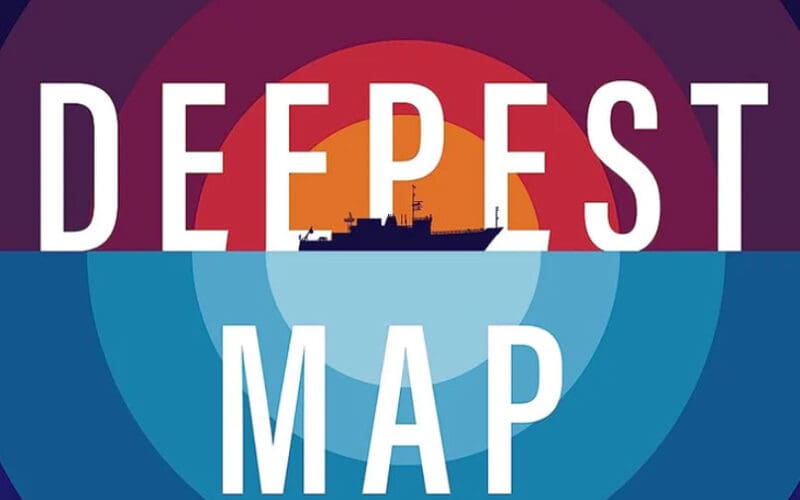
The Deepest Map: The High-Stakes Race to Chart the World’s Oceans By Laura Trethewey HarperCollins 304 pgs. Seawater, writes Laura Trethewey, covers 71 percent of Earth, yet only 15 percent of the seafloor has been mapped and most of that is near the coast where nations have an interest. The coast is also where detailed mapping matters most for nautical chart makers but as sailors, and humans, we have a stake in knowing the wider ocean. Seabed 2030 is an international, crowd-sourced project that hopes to complete a global map by the end of this decade. Trethewey’s book The Deepest…
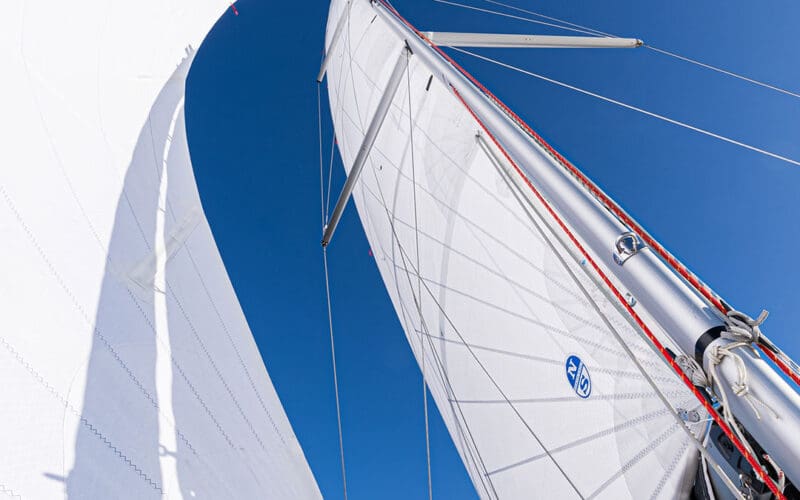
We see a boat over on its beam ends in a blow and say “they’re over canvased.” But, of course, sails are no longer made of cotton-based canvas. They’re woven from synthetic materials derived from petroleum. Now North Sails has announced a new sail fabric called RENEW that’s almost entirely made from recycled materials. And in Europe, Danish sailmaker Elvstrom offers a sail it calls EKKO also made from recycled plastic. For cruisers who wish to reduce their overall voyaging footprint, new sailcloth products like these can be an attractive choice. North calls its RENEW product a North Paneled Laminate…
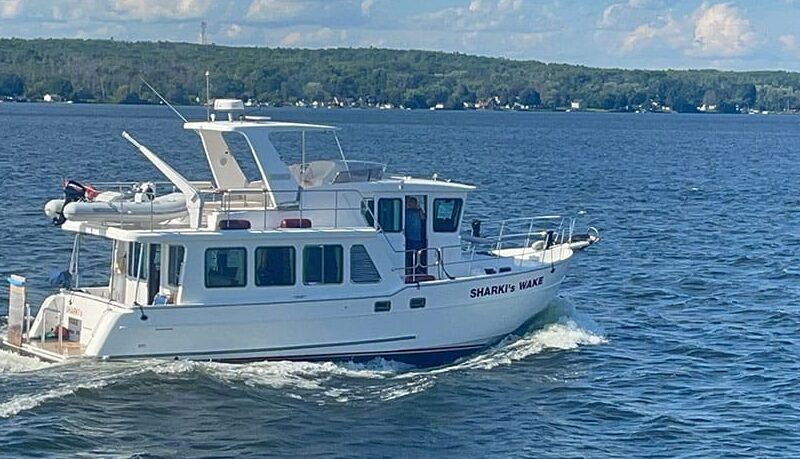
After a 35,000-mile and six-and-a-half-year circumnavigation aboard their Amel 50 Wasabi, Andrew and Patty Atkins were ready for something new. So when they returned to Canada they bought Peck’s Marina on the St. Lawrence River in Ontario. They also decided to move from sail to power and bought a used North Pacific Yachts NP43 power voyager. It was their experience with the NP43 and a good old fashioned human connection with Trevor Brice, president of North Pacific Yachts in Vancouver, BC, that led them to their present NP45, Sharki’s Wake. While Andrew and Patty were still in the process of…
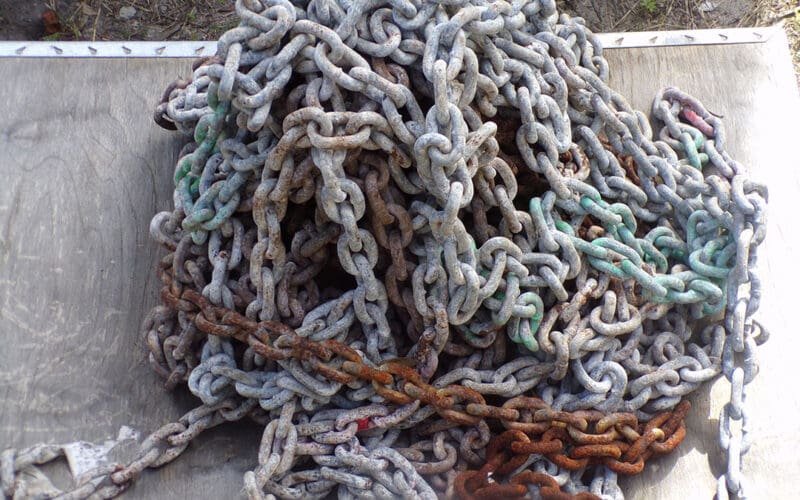
t is the economics of re-galvanizing chain that makes it an attractive alternative to purchasing new chain, as it can cost half as much or less than replacing it with a new length of galvanized links. This is why it is our preferred method for dealing with anchor chain that has reached the point of starting to rust. Galvanizing performs one function and that is preventing the steel links from rusting. Evidence of rust can range from being so slight that only a surface patina is evident, to the opposite extreme where severe rusting and pitting is present. However, re-galvanizing…
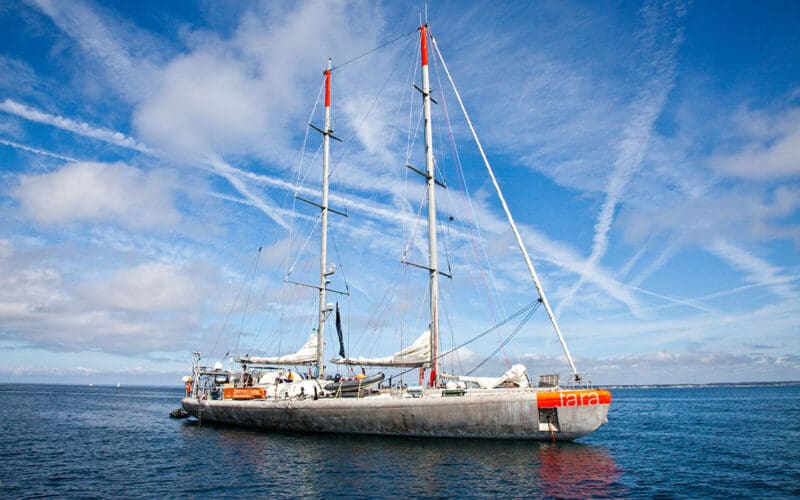
The top layer of our ocean is called the “Sunlight Zone.” At the surface and down to about 200 meters are live microscopic floating algae called “phytoplankton” that are critical to life. Voyagers on trans-ocean voyages can and do participate in the study of phytoplankton. More data is always better so data gathering by voyagers helps increase our knowledge of what’s happening with the world’s oceans. Now new gear from several companies can make gathering this data easier for voyagers. Plankton, from the Greek word planktos meaning wanderer, defines a lifestyle rather than a specific organism, and includes all water-borne organisms that…
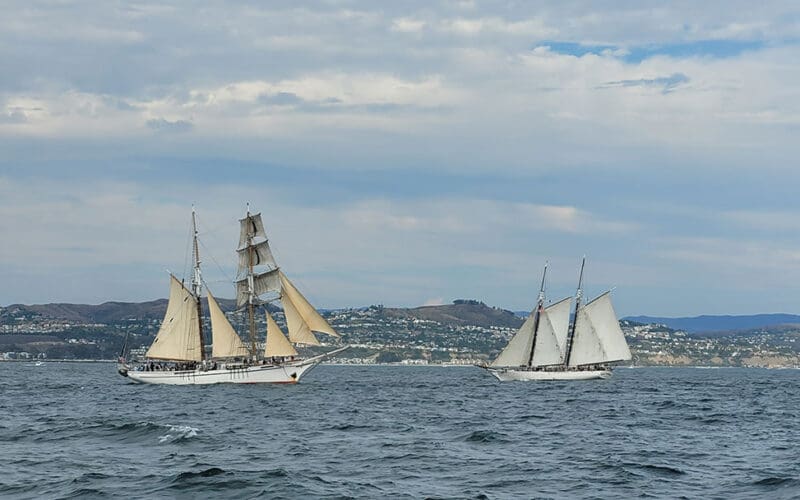
By Rob Laymon The three-day Dana Point Maritime Festival takes place every year in September. It’s a good specimen of the thing called a sail festival, that strange waterborne Saturnalia dear to the sailor’s heart. Other festivals take place in California, including in San Diego, sometimes sporadically, sometimes just once or twice. But the Dana Point festival has proved tenacious. Exy Johnson, the schooner I was captaining, had motor-sailed to the the Dana Point Sail Festival in southern California from San Pedro. We departed with our cannons all aglint and our cartridges packed. Two other boats from the Los Angeles…
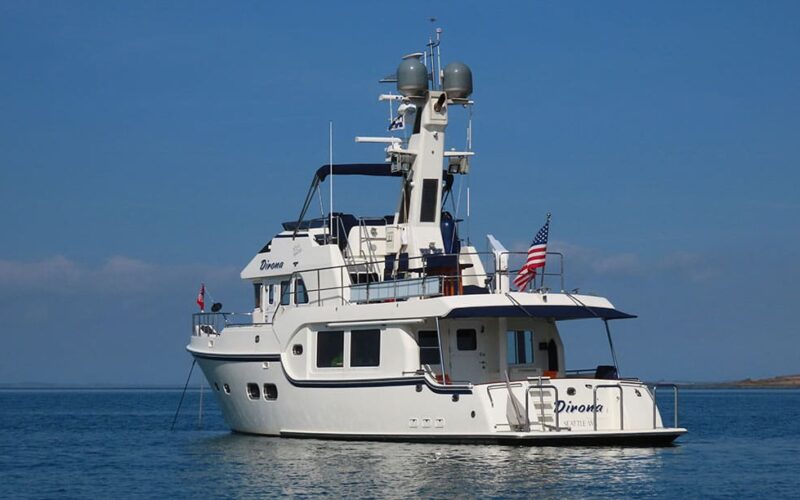
Tropical storm Ana, the first named storm of the season, developed early and directly in the path of our Nordhavn 52 trawler Dirona during a May North Atlantic crossing from Dublin via the Azores to Charleston, South Carolina. This was our third Atlantic crossing while voyaging around the world and, knowing that the North Atlantic can be difficult, we had plotted a route for the best weather and were comfortably ahead of the hurricane season. Yet a named storm was lying in wait as we proceeded. Route planning In determining the route for our spring passage from Ireland to the US east…

